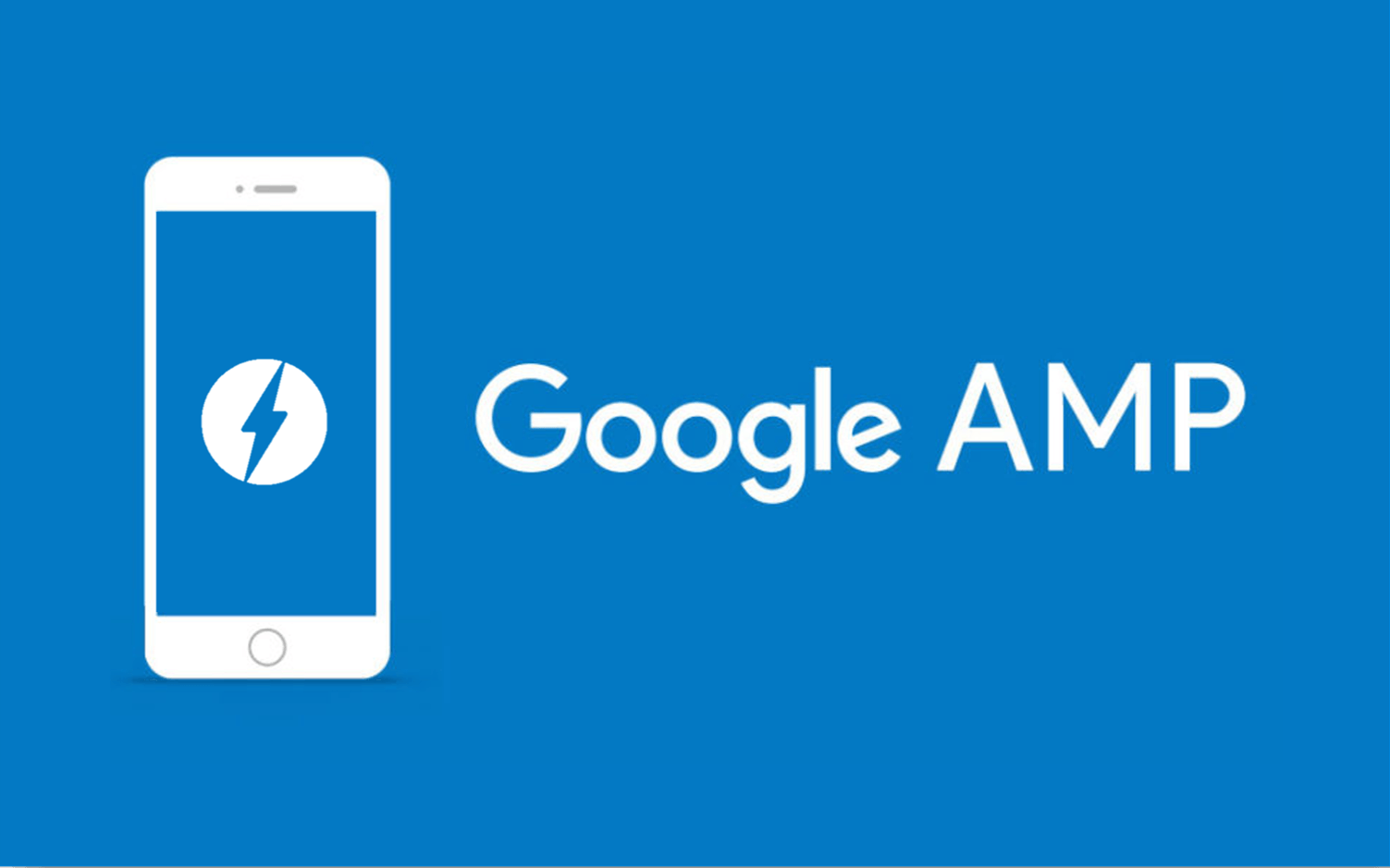Adapting to the New Cookieless reality: An Expert Update for Publishers
Welcome to a new piece in Yieldbird’s series, drawing from our own research into the significant shifts in the programmatic…

AMP stands for Accelerated Mobile Pages, a Google-backed project designed as an open standard for any publisher to have pages load quickly on mobile devices.
This open-source initiative from Google, with the purpose to protect and maintain the future of the web in order to deliver a faster and more user-friendly experience, made a lot of noise in the industry. Especially since more and more users are coming from mobile devices. Without AMP, mobile users can expect pages to load 3-5x slower, and this isn’t sustainable for users or publishers.
Several large British and American newspapers have embraced AMP to improve their offering to the mobile audience.

As a result among other successes, The Washington Post noticed an increase of 23% in returning visitors from mobile searches. David Merrell, Senior Product Manager at The Washington Post, said: “We are committed to improving speed across the board. If our site takes a long time to load, it doesn’t matter how great our journalism is, some people will leave the page before they see what’s there.”
Read the full case study.
If you dig into the Google Search help pages, you’ll find, “All of our guidelines for making a site Google-friendly also apply to AMP. This document covers additional guidelines that are specific to AMP on Google Search.” Since webpage speed is a ranking factor of Google’s mobile and desktop indexes, it’s an important consideration for those who don’t already have AMP implemented.
Publishers should consider AMP since slow loading times have degraded the experience for their users. The increased use of ad blockers may be why so many users experience slow page load. Ad blockers for mobile, not just desktop browsers, are growing quickly as well. eMarketer recently launched its report of ad-blocking users in the UK, which predicted that 38% of ad-blocking users will use such software on smartphones, compared to 16% in 2014.
In Mary Meeker’s annual Kleiner Perkins survey in 2018, we see how the daily consumption of digital media is increasing, now at almost six hours per day. Of those six hours, over 50% comes from mobile users.
[mc4wp_form id=”407″]
Publishers should use AMP to increase their user satisfaction level. Last month, I was in contact with one of Yieldbird customers from Russia, and they experienced a great improvement in loading time and ad revenue after launching AMP on their websites.
AMP can also be beneficial for ads! Advertising continues to be the cornerstone of every publisher’s business model. AMP is changing the way ads are delivered, built, and measured on the web, making them faster and minimizing disruptions for the user. AMP can increase viewability and click-through rates for ads, which will improve monetization for the publisher and performance for the advertiser. It’s a win-win-win concept for all parties.
Today, it’s crucial for companies to embrace their users — that was what The Washington Post took out of their case study. Simply, it leads to more returning users, which is so important today for all publishers.
AMP HTML ads are similar to traditional HTML ads, but instead of coding them in traditional HTML, they are coded in AMP HTML, according to the AMP HTML ad spec. By creating the ads in AMP HTML, the ads take advantage of the same optimizations and performance utilized in AMP, making them a faster, lighter, and more secure way to advertise on the web. Although AMP supports traditional HTML ads, these ads can be slow to load. All the large SSPs today support AMP. Of course, Google Ad Manager supports AMP as well, except for interstitials, flash, and creatives served over HTTP.

Bartłomiej Oprządek
Regional Growth Director
Try all the possibilities of Yieldbird Platform